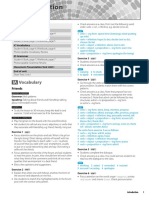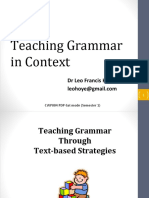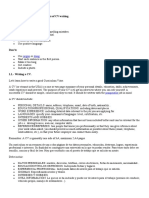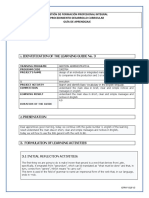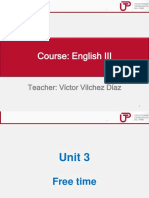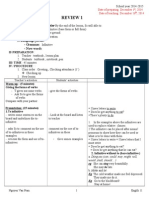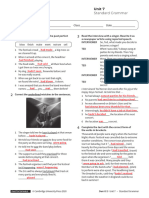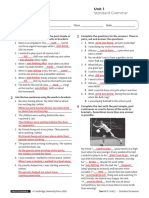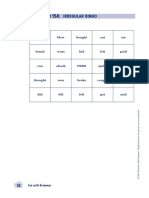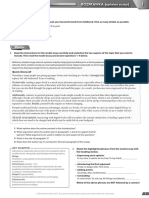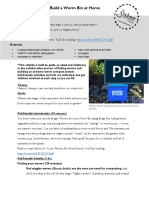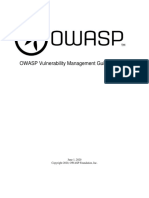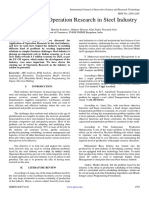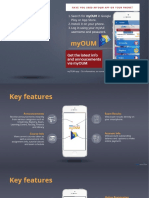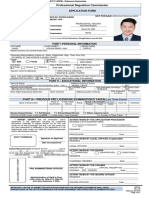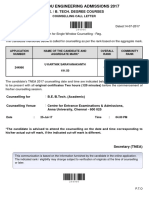0% found this document useful (0 votes)
99 views7 pagesLang Focus On Verb Patterns
The document discusses verb patterns in English. It explains that some verbs are followed by a verb with "-ing" (called a gerund), some take "to + verb", and some can take either. Examples are provided of common verbs that follow each pattern, such as "enjoy" followed by a gerund and "expect" followed by "to + verb". The meanings of some verbs can change depending on whether they are followed by a gerund or "to + verb". For instance, "stop + -ing" means to cease an activity while "stop + to + verb" means to pause in order to do something else.
Uploaded by
Jogi NeroCopyright
© © All Rights Reserved
We take content rights seriously. If you suspect this is your content, claim it here.
Available Formats
Download as PDF, TXT or read online on Scribd
0% found this document useful (0 votes)
99 views7 pagesLang Focus On Verb Patterns
The document discusses verb patterns in English. It explains that some verbs are followed by a verb with "-ing" (called a gerund), some take "to + verb", and some can take either. Examples are provided of common verbs that follow each pattern, such as "enjoy" followed by a gerund and "expect" followed by "to + verb". The meanings of some verbs can change depending on whether they are followed by a gerund or "to + verb". For instance, "stop + -ing" means to cease an activity while "stop + to + verb" means to pause in order to do something else.
Uploaded by
Jogi NeroCopyright
© © All Rights Reserved
We take content rights seriously. If you suspect this is your content, claim it here.
Available Formats
Download as PDF, TXT or read online on Scribd
/ 7







